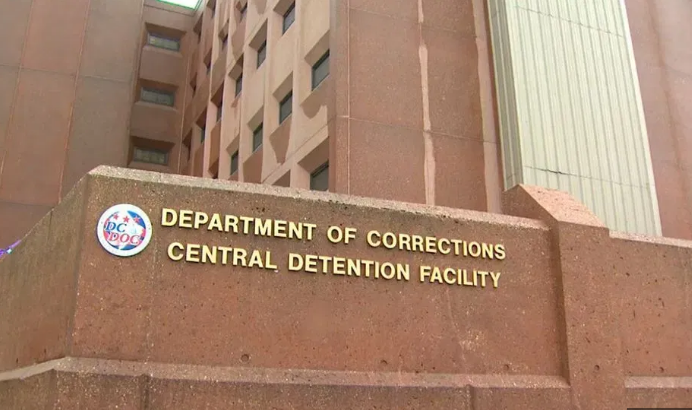In a somber turn of events in Washington D.C., Roy Tatum, a 47-year-old convict, was found unresponsive in his cell at the Central Detention Facility on the afternoon of Wednesday, January 3. Despite immediate life-saving efforts, Tatum was declared dead at around 3:40 p.m., less than an hour after being discovered.
Tatum, a DC native, had a long history with the criminal justice system. He had served over two decades in prison for a previous murder conviction. Following this extensive period of incarceration for first-degree murder, Tatum was released under the DC Incarceration Reduction Amendment Act, having completed a sentence of over 25 years.

However, less than a year after his release, Tatum found himself back in the clutches of the law. The Metropolitan Police Department arrested him during their investigation of an unrelated homicide. He was apprehended for possession of firearms, ammunition, and drugs, leading to his re-incarceration.
The circumstances surrounding Tatum’s death in the detention facility are currently under investigation. Both the Metropolitan Police Department and the DOC Office of Investigative Affairs are involved in this inquiry. As the investigation unfolds, it aims to shed light on the events leading up to the tragic incident and determine the cause of death.
Read More:
- Missed Your Stimulus Checks in the U.S.? Here’s How to Claim Them Before It’s Too Late
- U.S. Hospitals Reinstate Mask Mandates in Response to Dual Threat of Flu and COVID-19 Surge
- Shuttered Storefronts: North Jersey Business Closures in 2023
This incident has cast a spotlight on the conditions and events within the Central Detention Facility, raising questions about inmate welfare and the handling of formerly incarcerated individuals who re-enter the criminal justice system. Tatum’s death is a stark reminder of the complexities and challenges faced by the penal system and those who find themselves within it.
In conclusion, the untimely death of Roy Tatum in a DC jail cell is a matter of grave concern, sparking an investigation to uncover the details of his final moments. His case, marked by a lengthy history of incarceration and a brief period of freedom before his recent arrest, reflects the broader issues within the criminal justice and penal systems. As authorities investigate, there is an anticipation for answers and a hope that this incident will bring about a deeper understanding and potential reforms in inmate care and post-incarceration management.

